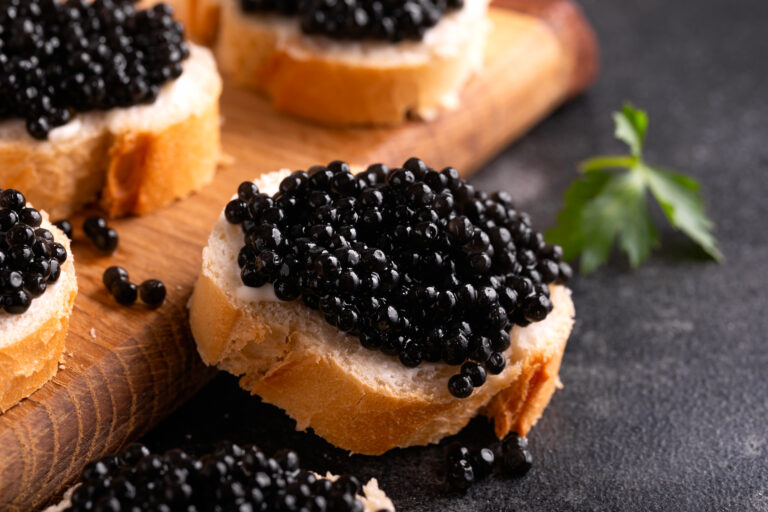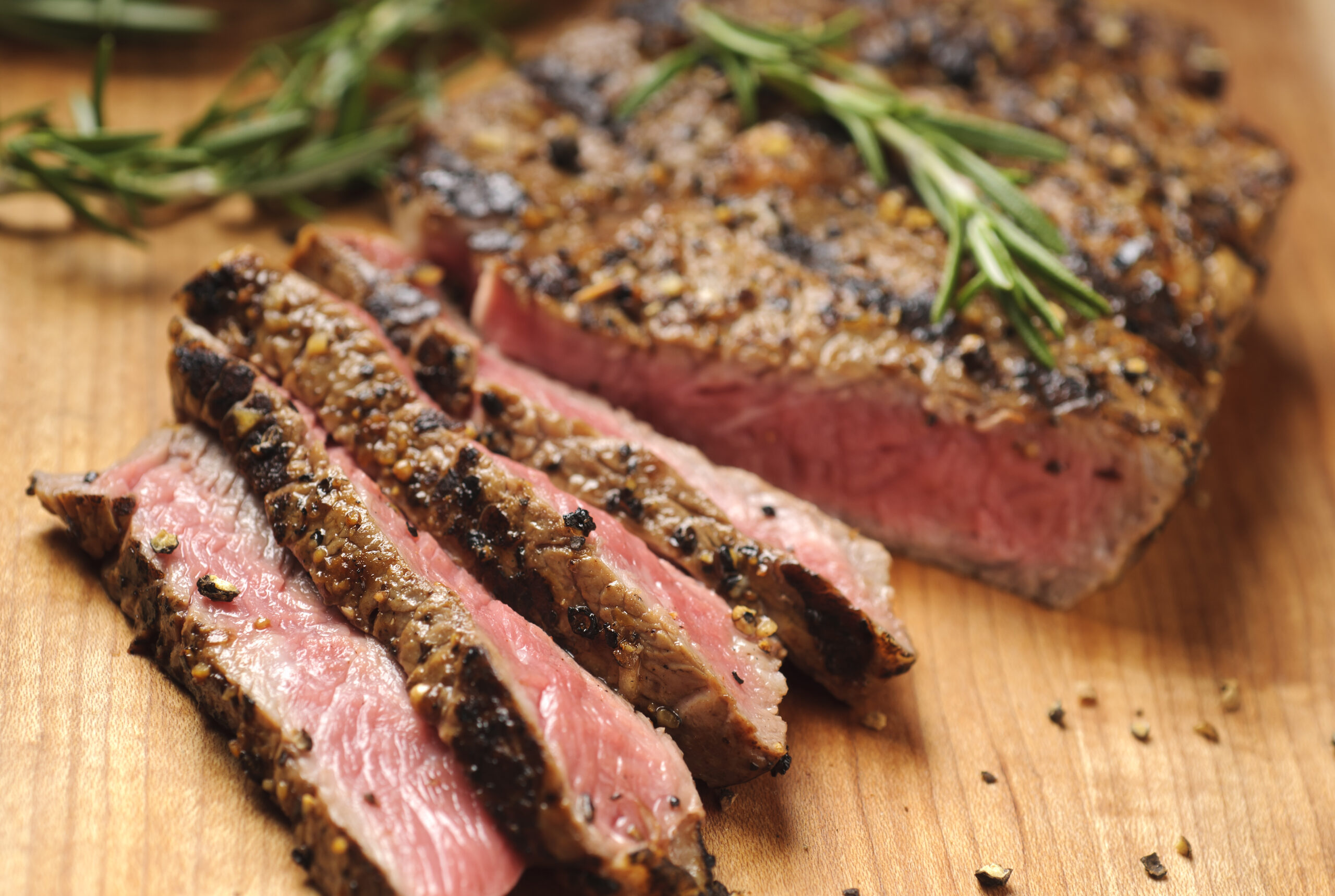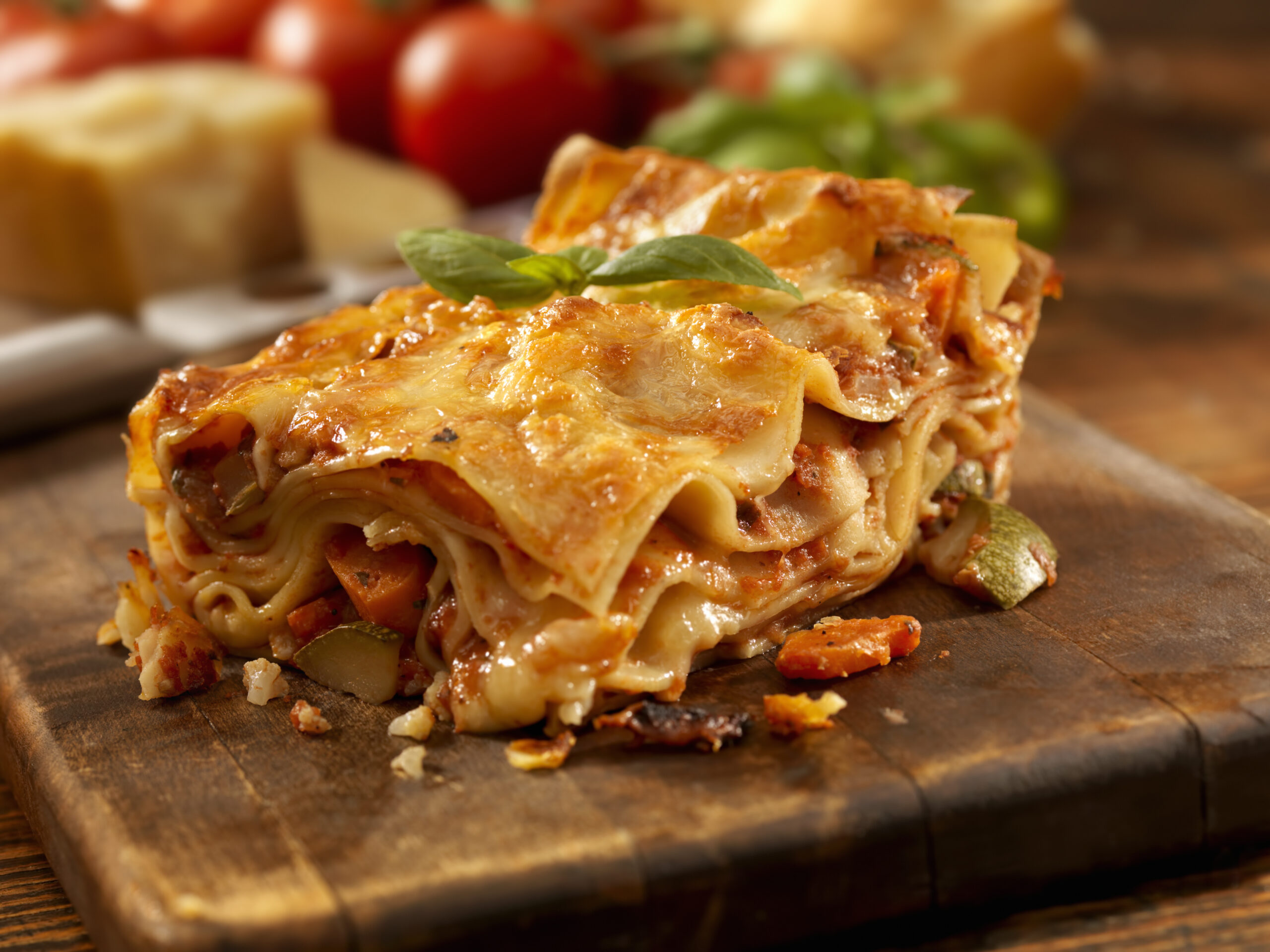While it doesn’t take a genius to figure out how to eat caviar, it can still be intimidating. After all, this food is practically synonymous with fine dining. So, how exactly does it work?
What is Caviar?
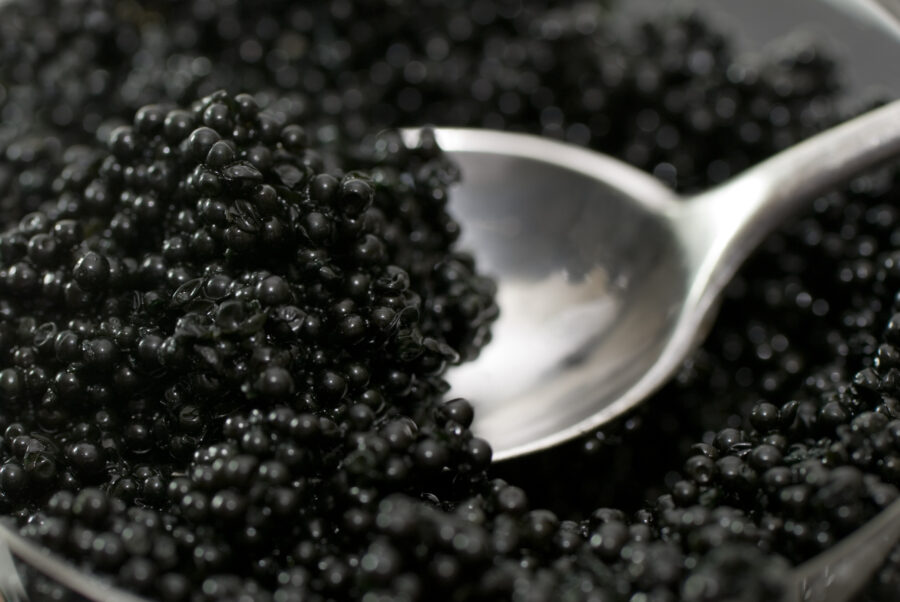
Before diving into the finer details of eating caviar, we should probably talk about what caviar is first. In simple terms, caviar is fish eggs.
However, there are a few extra details to consider. Caviar isn’t made using just any fish eggs. The eggs typically have to be unfertilized.
They also tend to come from specific fish species. Black caviar, the kind you see at fancy restaurants, comes from wild sturgeon. Red caviar, however, comes from salmon.
Caviar’s Historical Significance
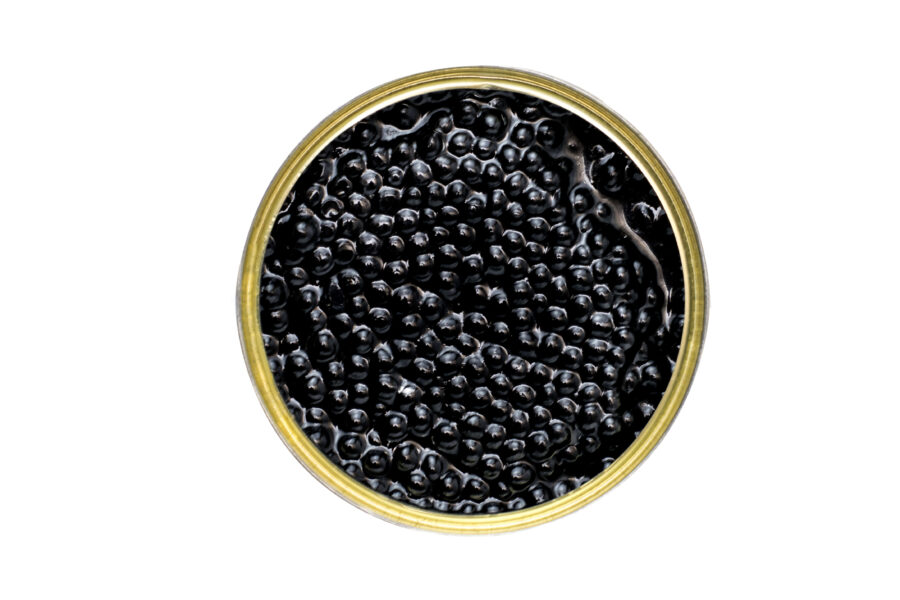
Caviar has been eaten all around the world in various civilizations. It’s hard to pinpoint an exact time and place where caviar first originated.
However, in Turkey and Eastern Europe, caviar’s history stretches back centuries. According to The Spruce Eats, the word “caviar” comes from a Turkish word: “khavyar.”
In the late nineteenth century and early 1900s, though, caviar enjoyed huge success in American markets. The U.S. became a huge exporter of the food.
Caviar Trends: From Classic to Contemporary
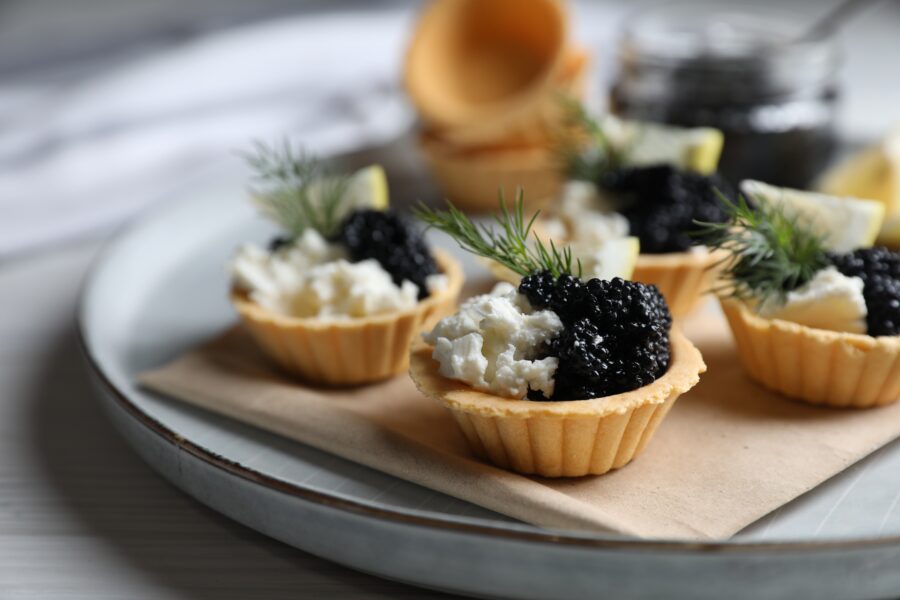
Caviar is one of those foods that will always be en vogue. In the past, Russian czars feasted on golden caviar, also known as “imperial caviar.”
As you can guess, this was eaten exclusively by the upper classes. However, depending on the time and place, caviar hasn’t always been reserved for the rich.
Nowadays, caviar is a lot more affordable. Eating a “bump” of caviar was even a recent popular TikTok trend among teens (per Seafood Source).
Selecting High-Quality Caviar
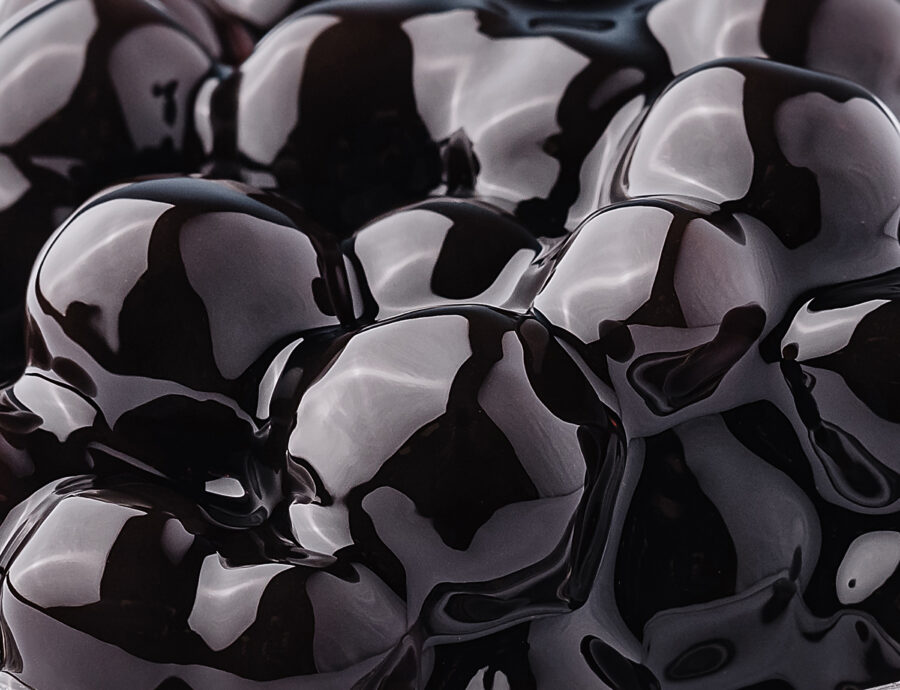
Not all caviar is created equally. High-quality caviar will inevitably be expensive, so if you’re not willing to dish out the dough on some fish eggs, move along.
That being said, if you want to know how to eat caviar, you should know what’s good. Rule number one: caviar shouldn’t feel like mush.
Instead, you should be able to taste each egg. According to Imperia Caviar, they should taste light, not briny, and pop in your mouth.
Caviar Texture and Mouthfeel
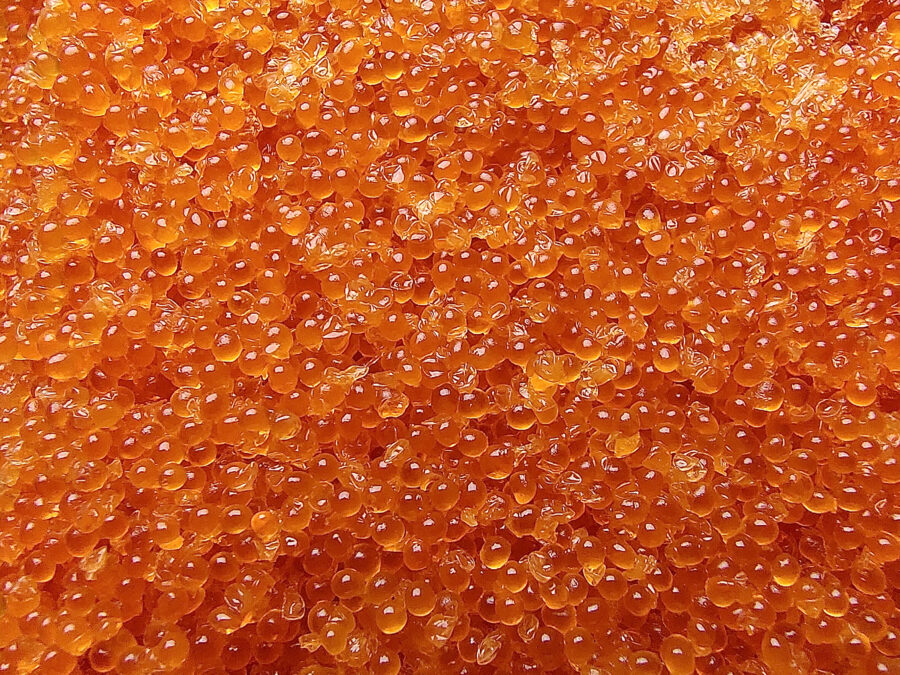
So, we said that caviar should have a light texture and taste. While that’s generally true, it does depend on the type of caviar.
Ossetra caviar consists of larger eggs and is known for its pop. High-quality caviar like this is meant to tow the line between delicate and firm.
Any caviar, regardless of the type, should not be super liquid-y. It’s supposed to feel smooth, maybe a little moist, but not overly chewy.
Types of Caviar

Some would argue that the term “caviar” only applies to Sturgeon eggs. If you’re going by that definition, the best types are Ossetra, Beluga, and Sevruga, among others.
Beluga caviar is incredibly hard to come by. These fish are currently endangered, so the sale of their eggs is illegal in the States.
Sevruga caviar is easier to obtain than Beluga. The eggs are smaller in size, though they pack a big flavor punch, being buttery and salty at once.
Storing Caviar Properly
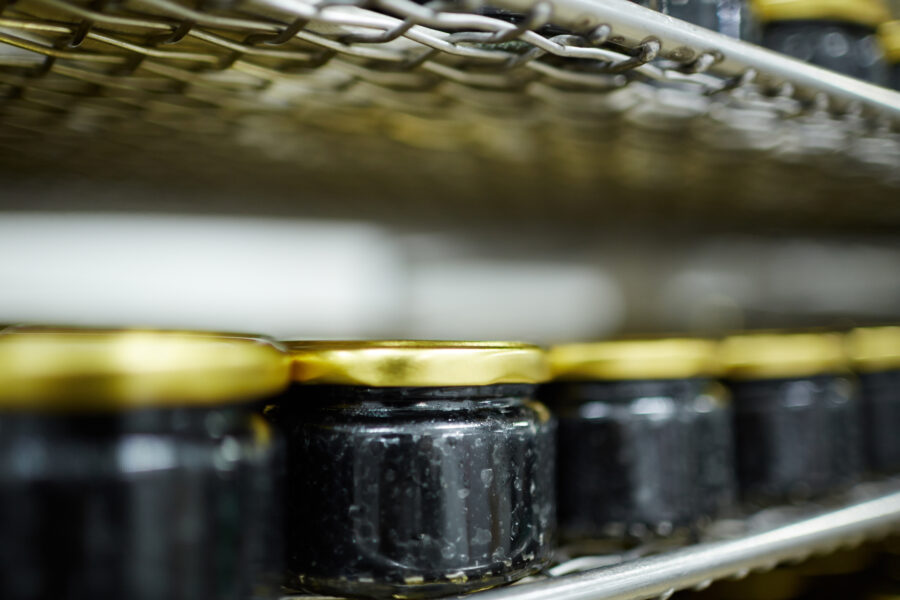
It’s crucial to maintain caviar’s freshness. The best way to do this is to store it in a cold environment — and your fridge might not cut it.
Of course, you should put it in your refrigerator. But you’ll also want to keep it on ice in order to maintain the necessary temperature.
If it sounds easier to just leave it in the freezer, you might want to rethink that. Caviar is best when served fresh, not frozen.
Serving Caviar
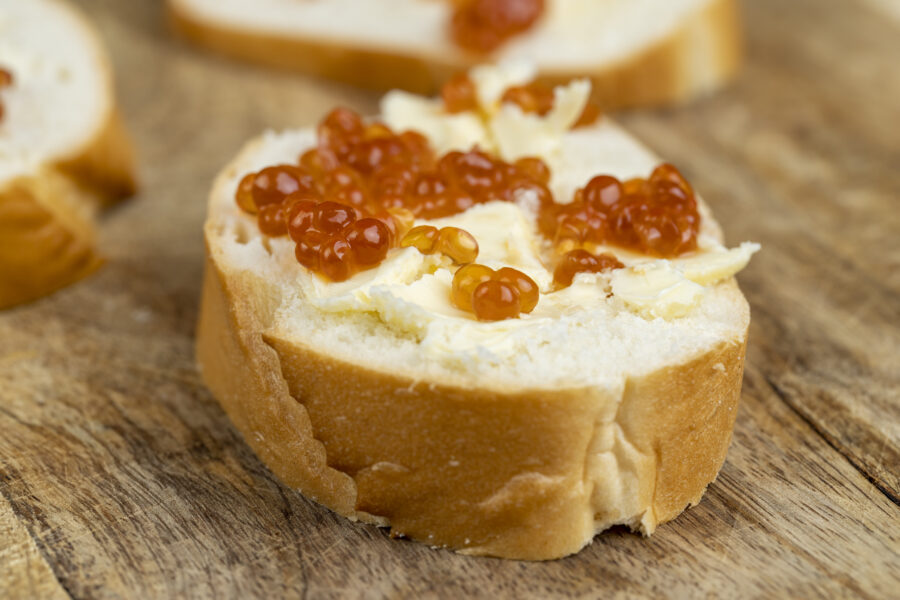
As with any fancy food, there’s a particular way of serving caviar. Still, that doesn’t mean that there’s one correct way of doing it.
Since caviar spoils easily, it’s served on ice. It also tends to be served in smaller portions. According to Marky’s, four teaspoons per person is the norm.
This is because caviar should be eaten in small bites, allowing the eater to fully enjoy the flavors. It can be served in a special bowl, as well.
Serving Tools
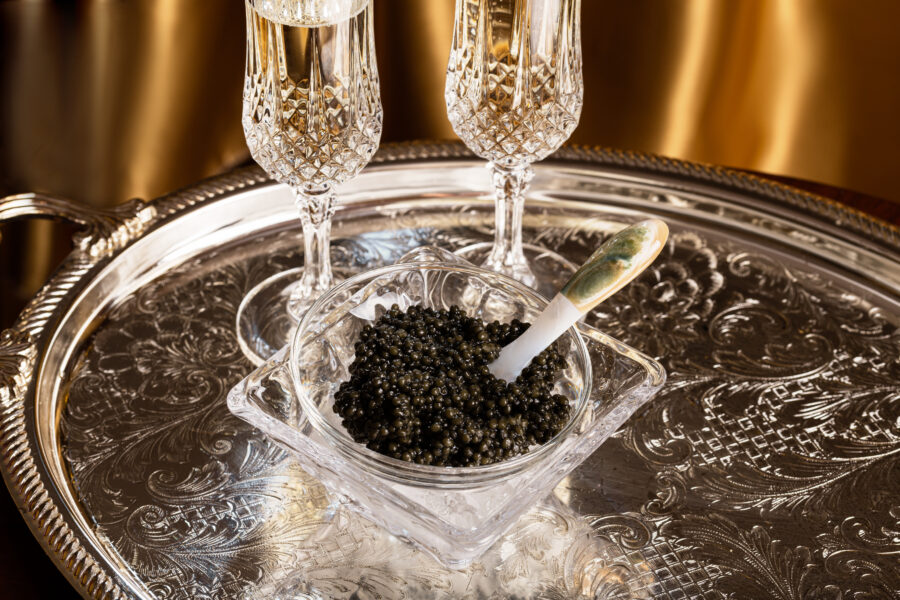
If you want to eat caviar, don’t reach for your fork. Caviar shouldn’t be eaten with regular metal utensils, because they can spoil the flavor.
So, if you can’t use regular utensils, then what can you use? Different companies sell utensils specially made for caviar serving, if you’re looking to buy.
Caviar is served in little spoons. They’re usually made out of mother of pearl, though you could also use wooden utensils if your access to pearl is limited.
Sustainable Options
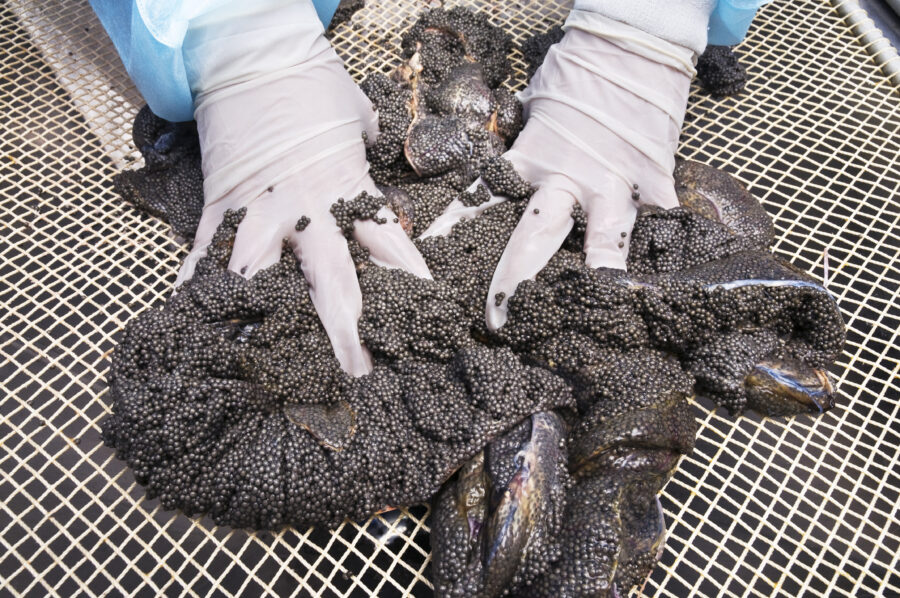
Because of past issues with sturgeon endangerment, the caviar industry has to be careful when it comes to sustainability. Some companies are more sustainable than others.
The California Caviar Company has sustainably farmed their sturgeon since 2007. This was before it was illegal to use wild sturgeon, so they were ahead of the curve.
Some level of sustainability is necessary to ensure sturgeons’ survival. However, it’s always best to verify that a caviar company’s farming practices are ethical.
Personal Preferences
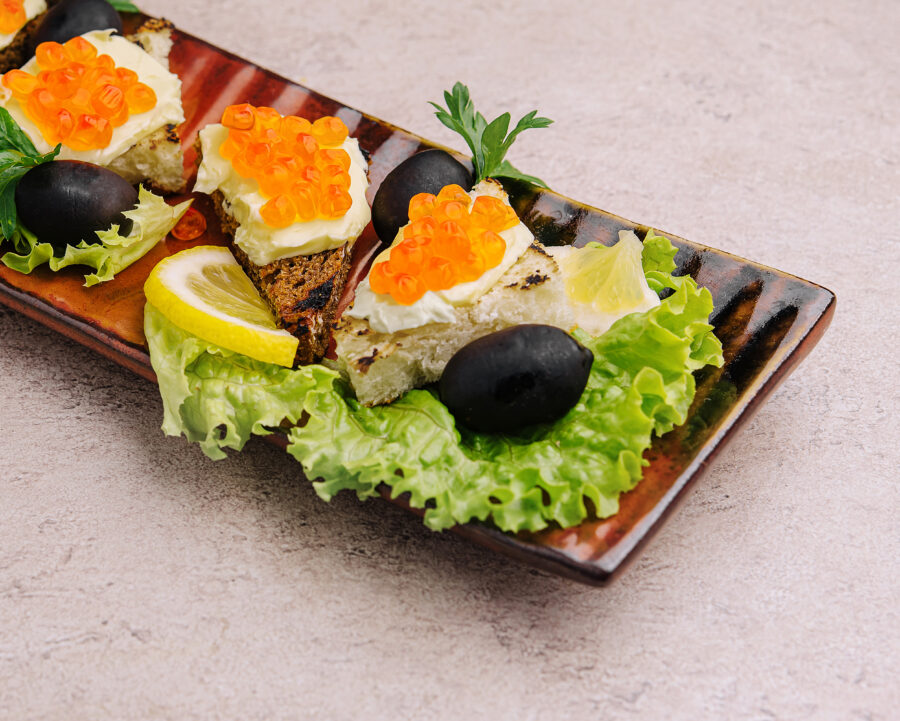
As always, personal preferences mean everything. Even if someone tells you that a certain type of caviar is superior, you don’t have to agree.
You might not even like sturgeon caviar. Caviar elitists might shake their heads and sigh, but we think it’s okay if you prefer salmon roe.
As for the differences, salmon roe generally tends to be less salty than sturgeon caviar. If you’re not a fan of salt, give it a try.
Avoiding Elaborate Flavors

Caviar is best eaten as is. You can pair it with other foods, but they should never taste too elaborate. Otherwise, you’ll mask the caviar’s flavor.
If you like to mix and match your foods, you might be wondering why you can’t do the same with caviar. Well, it’s traditionally eaten on its own.
This is because caviar, regardless of the type, has a complex, unique flavor. If you’re trying it for the first time, you don’t want to distract from it.
Caviar’s Influence on Fine Dining Culture
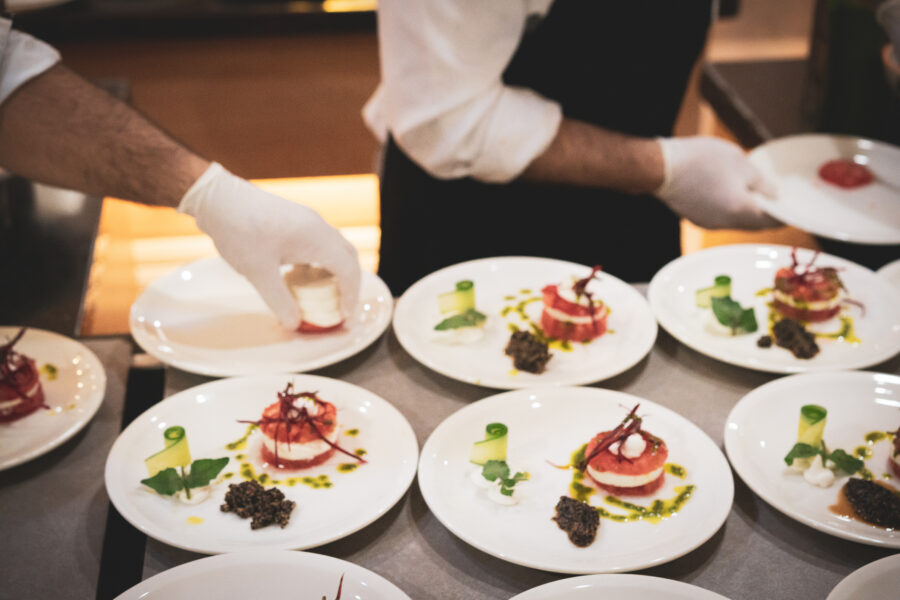
Remember when we said that caviar is synonymous with fine dining? Yeah, we weren’t kidding. Fish eggs and overpriced meals seem to go hand-in-hand.
When something is rare, its value skyrockets. Caviar’s complicated history with endangered fish makes it all the more special. That’s why it was feasted on by royalty.
Even as newer, cheaper variations of caviar are introduced, its reputation as a high-class food still hasn’t changed. It’s a staple of fine dining.
Introduce Caviar as an Appetizer
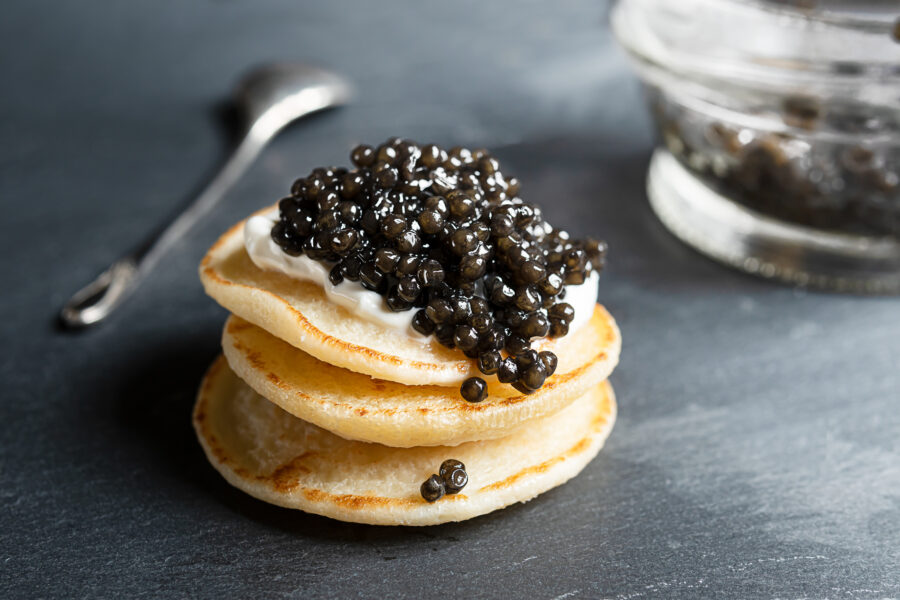
If you want to eat caviar at a dinner party, make it an appetizer. Since it’s served in small portions, it won’t fill anyone up.
You can serve caviar as is in one of those bowls, as is traditional. If you want, you could also incorporate it into a larger starting dish.
However, you’ll need to be careful with the ingredients you choose. Caviar should be the star — don’t pair it with overly flavorful foods.
Caviar Eating Etiquette
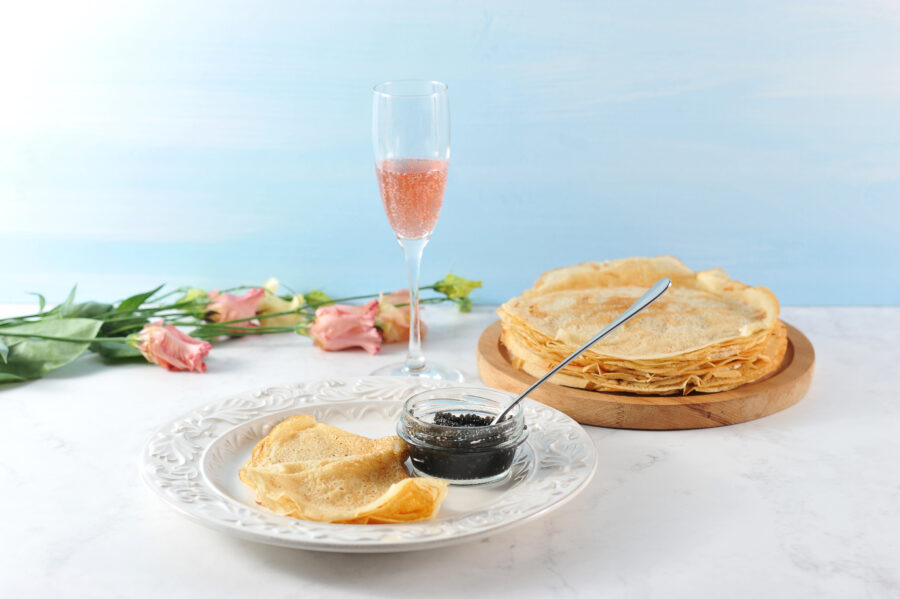
Caviar is a fancy food — of course there’s etiquette that comes along with eating it. How you eat caviar depends on where you are, though.
In a fine dining establishment, the caviar will be served with little (non-metal) spoons. Don’t pile spoonfuls onto your plate, though. Never have more than two.
You’re expected to savor the taste and eat it slowly. Quickly eating spoonfuls out of the bowl like it’s cereal is frowned upon.
Caviar Garnishes
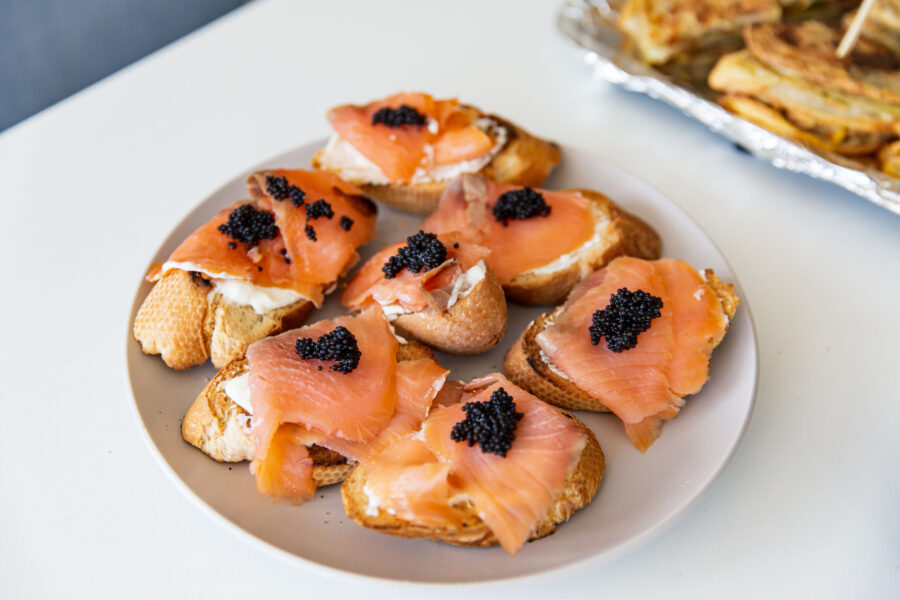
Garnishing caviar can be tricky business. It’s not usually seasoned with anything. If it is served with food, it’s usually treated as the garnish.
The best food to serve caviar with is plain, crunchy bread, usually blini. There are other popular foods, but we’ll dive into them later.
The plain flavor of the bread won’t overpower the caviar, and the crunch adds some interesting texture. Other than that, don’t garnish your caviar.
Palate Cleansers

Since caviar has such a strong, distinct taste, palate cleansers are usually in order. There are two drinks most popular for this purpose: champagne and vodka.
Vodka is considered the superior choice, since it’s a lot stronger than champagne, and can quickly cut through caviar’s taste. However, champagne is still used.
There are a few caveats. A sweet or flavorful champagne isn’t a good palate cleanser, especially if you’re downing it. Take small sips of a dry champagne instead.
Caviar at Dinner Parties
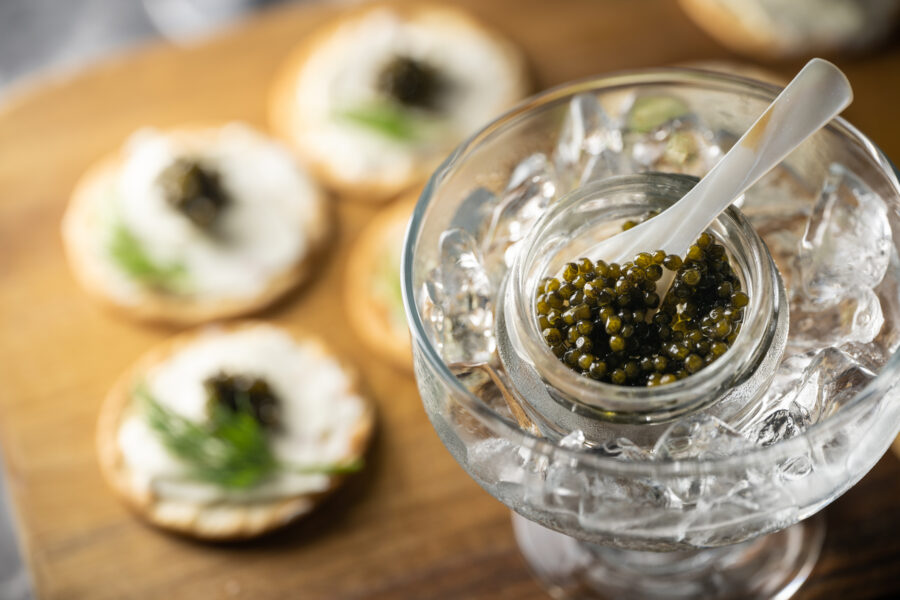
When serving caviar at dinner parties, there are ways to elevate the experience. Provide a brief introduction for the caviar, explaining the fish it came from.
All caviar is different, so there’s always a story to tell. Even if you just briefly touch upon the farm you bought it from, it’ll be interesting.
Caviar has a rich, global history. If you’re friends with history buffs, you could also go into the history behind the caviar you’re serving.
How to Present Caviar
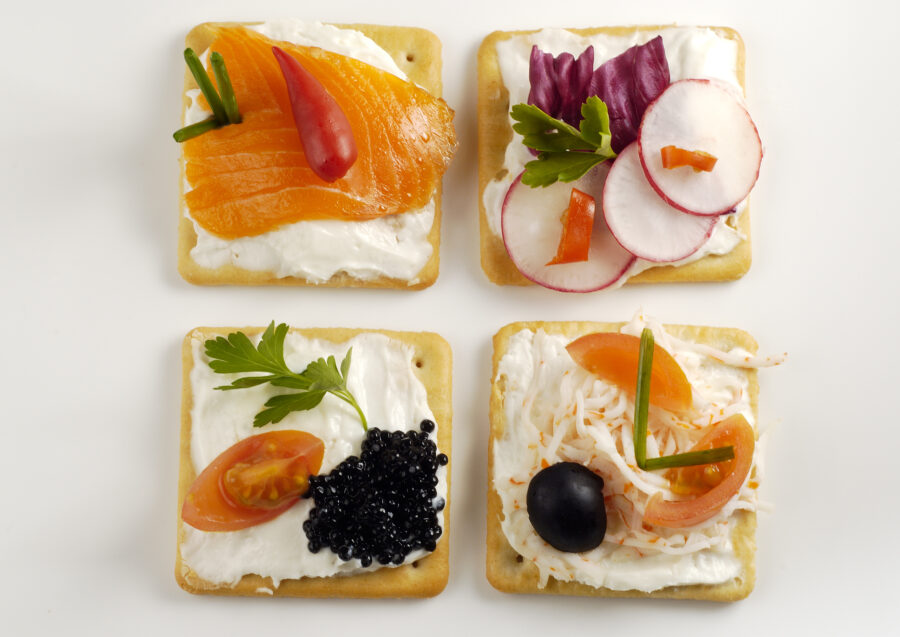
The proper way to present caviar is on a bed of crushed ice. As we’ve explained, this will keep the caviar at an ideal temperature.
Caviar also enhances the dishes that it’s served alongside. If you don’t want to serve it as is, you can use it as a garnish on another dish.
There are a couple of dishes caviar works well with. Aside from the plain toast, you can present caviar on a bed of pasta.
The Ideal Portion Size

Caviar is always served in small portions. The exact size depends on the specific type of caviar, but it should never be too large.
If you’re serving it on little crackers, a teaspoonful is more than enough. So long as it’s not spilling over the sides, you’re fine.
Salmon roe, however, generally has larger portion sizes than sturgeon caviar. You still won’t be serving a ton, but you don’t have to be as stingy.
Neutral Bases
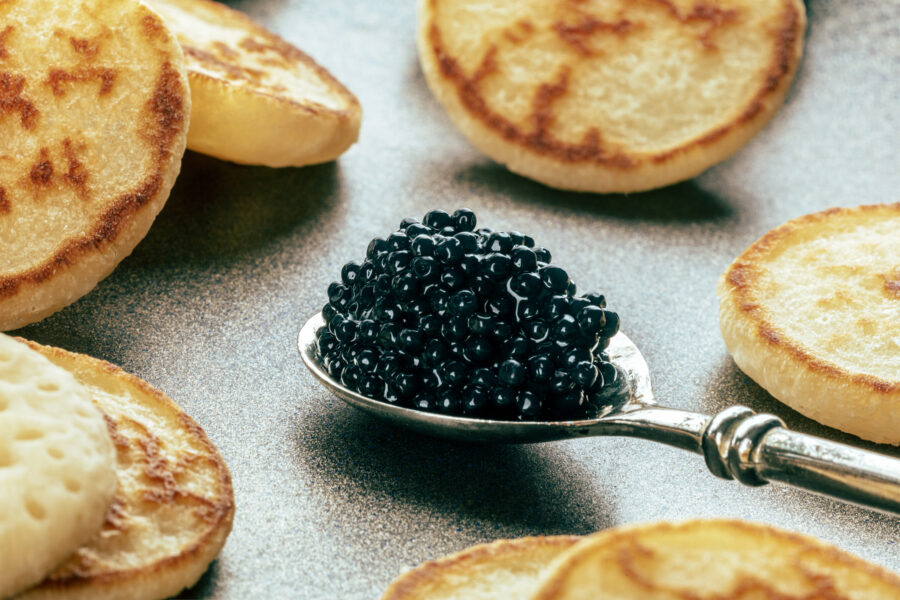
Alright, it’s the moment you’ve all been waiting for. That is, if you really like bread. Caviar’s strong taste makes it most compatible with neutral bases.
As we’ve said, blini is the most common. If your dinner party guests aren’t fans, offer a selection of mild, unsalted crackers as an alternative.
Ultimately, you want the base to taste bland and have a crunchy texture. So long as it checks those boxes, blini or not, you’re all set.
Traditional Accompaniments
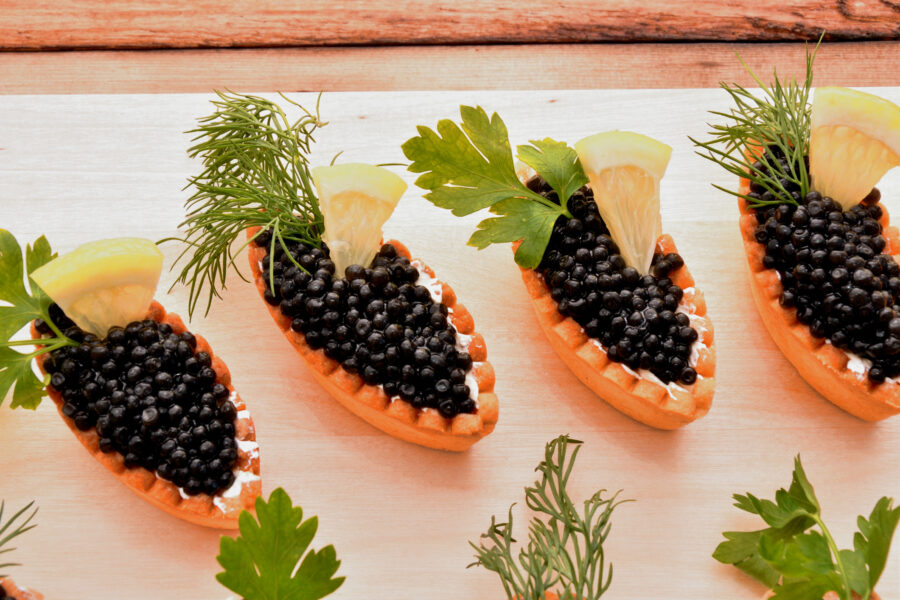
Caviar isn’t always served completely plain. There are a few ingredients that you’ll see paired with your caviar more often than others, particularly with Russian cuisine.
That most common are crème fraîche, chopped onions, eggs, and chives. A dollop of crème fraîche is typically served with caviar on blini.
As for the rest of the accompaniments, they’re served minimally. Again, they’re meant to complement and emphasize the flavor of the caviar, not overpower it.
The Right Drink Pairing

With caviar, the right drink pairing and the right palate cleanser are one and the same. Take light sips on vodka or champagne through your tasting.
Even so, tradition always changes. If you don’t like vodka or champagne, or you’re just not a fan of alcohol in general, water is fine.
Just make sure that the water is good. You’re having caviar, for crying out loud. Get some Evian or Fiji for the occasion.
Caviar Tasting Events
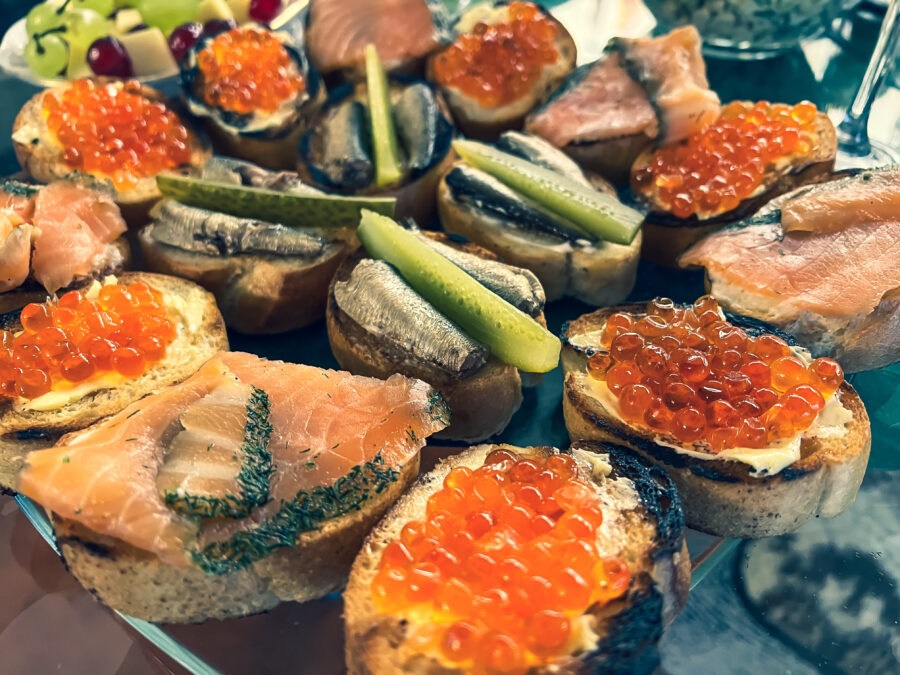
Where there’s caviar, there’s caviar snobs. And where there’s caviar snobs, there’s caviar tasting events. You can throw your own, but plenty of companies offer guided experiences.
For example, Domaine Carneros, a California-based winery, offers a caviar tasting experience, paired with their best wines. They’re one of many wineries that do this.
If you’re hosting your own caviar tasting, you’ll want to have a wide variety on hand. Kaluga and Ossetra caviars are both absolute musts.
Incorporating Caviar into Everyday Meals
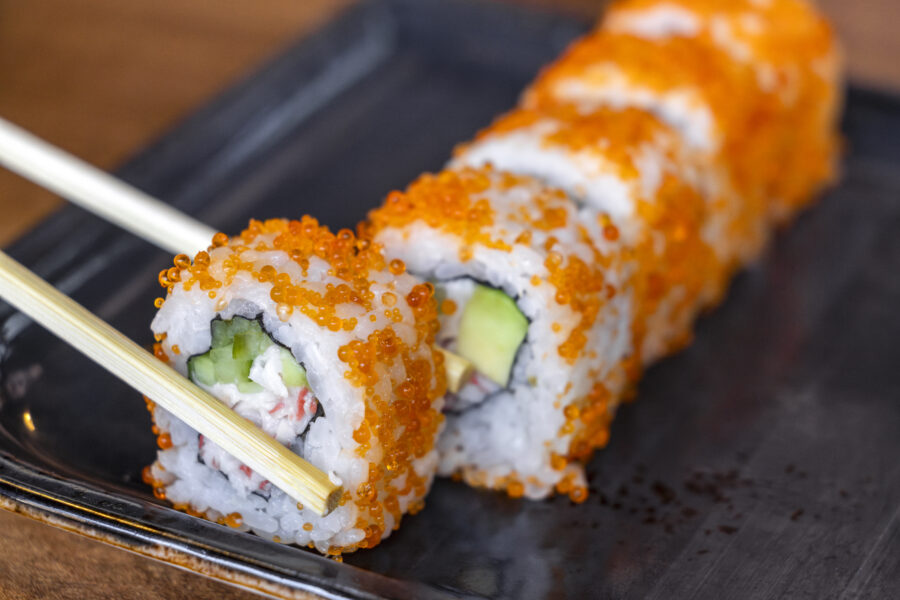
Caviar doesn’t have to be a one-time thing! The price of some caviar makes it hard to incorporate into everyday meals, but cheaper caviar is much more accessible.
Salmon roe, for instance, tastes great with sushi. Also known as “ikura,” you’ll definitely want to use this as an ingredient for your next sushi night.
You can wrap the rice and roe with seaweed, using the caviar as filling. You could also line the sushi itself with the roe.
Cultural Influences on Caviar Consumption
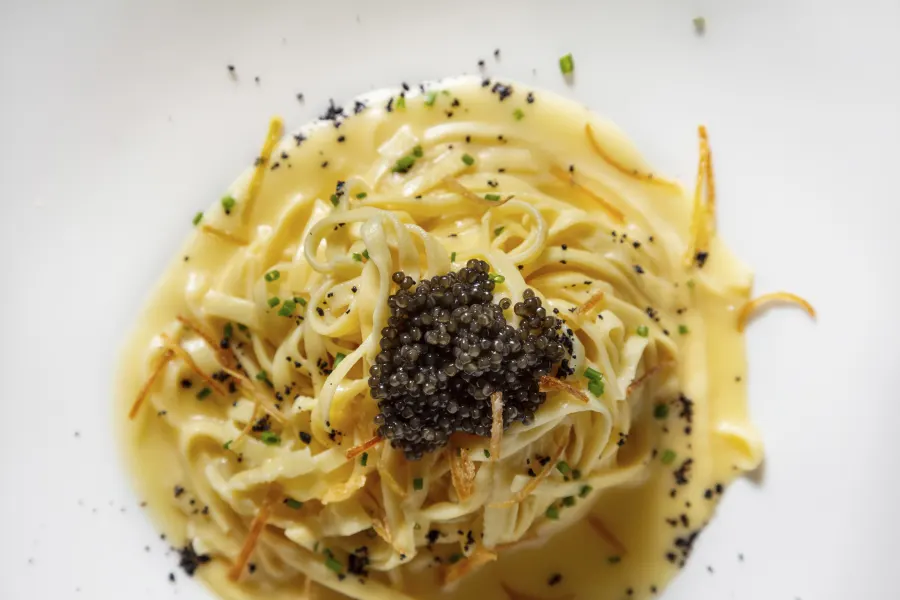
There are as many ways to eat caviar as there are cultures. Many of the traditional methods we practice today descend from the Russians.
In Japan, though, caviar is typically eaten as a part of sushi, and not with bread or meat. The Japanese also prefer salmon roe over sturgeon caviar.
Other cultures serve caviar inside of a tart, nestled next to a generous helping of crème fraîche. This isn’t uniquely French, though it is widely enjoyed in France.
Temperature Contrasts in Caviar Dishes
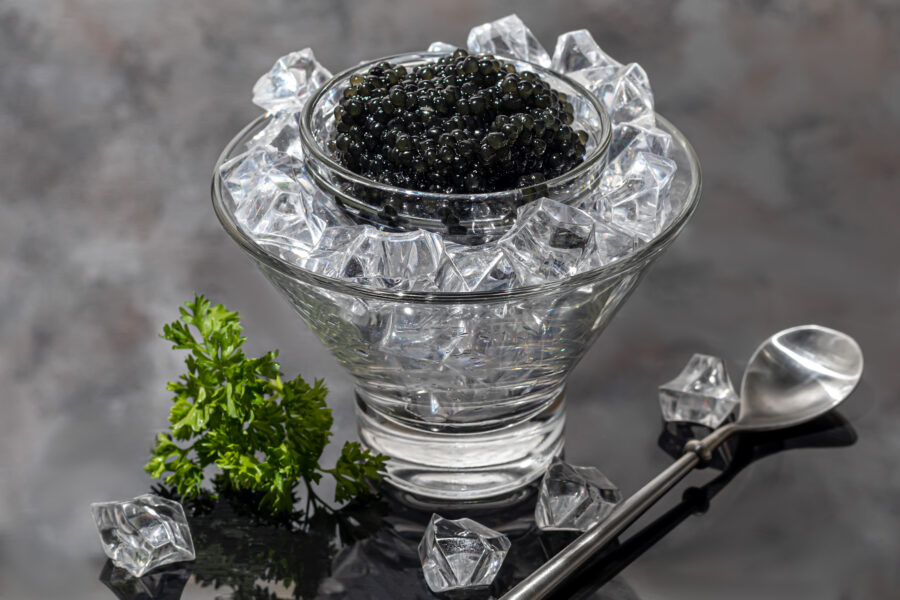
Caviar should always be served chilled. You don’t want to serve it right alongside hot accompaniments, since that can ruin the caviar’s proper temperature.
However, that doesn’t mean that you need to serve it with ice cold food, either. The blini, eggs, chives, or other sides can be room temperature.
Still, caviar dishes aren’t necessarily the best for experimenting with drastic temperature contrasts. Caviar is best when cold, and you don’t want to ruin that.
Health Benefits and Nutritional Value of Caviar
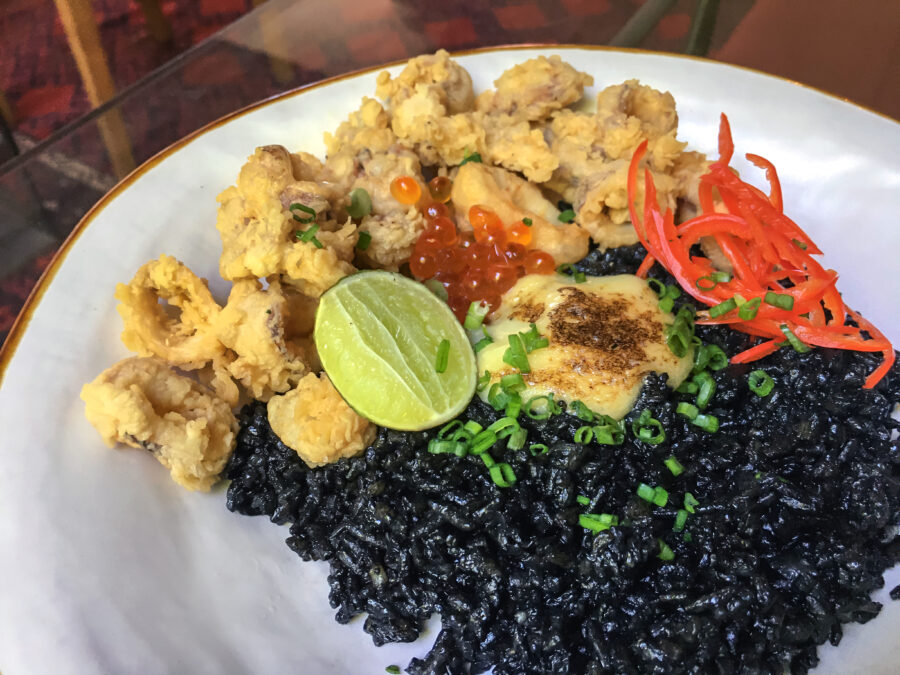
So, we know that caviar is fancy. But is it actually good for you? Fortunately, it is. According to Healthline, caviar contains lots of vitamins, like B12.
Caviar also has omega-3 fatty acids, like most fish products. These are good for your heart; if you’re looking to lower your cholesterol, caviar works wonders.
Sure, caviar is only eaten in small portions. However, caviar contains high amounts of vitamins, minerals. and nutrients, regardless of how much of it you eat.
Celebrating the Occasion
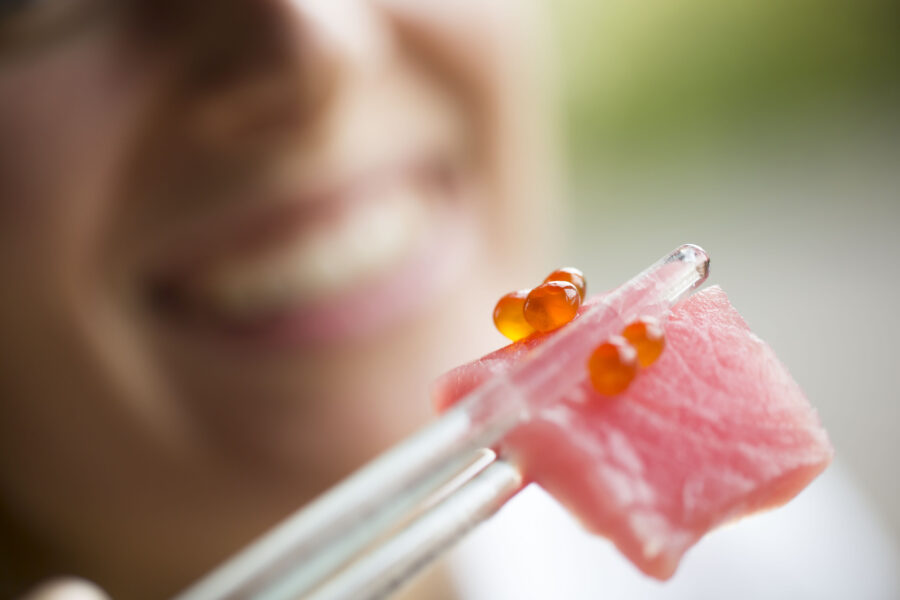
When it comes to caviar, there’s some rules to follow. But don’t let them spoil your fun! The best way to eat caviar is to enjoy it.
Caviar is a classy food. If you’ve managed to get your hands on some, there’s cause for celebration. Who cares if it’s not the ultra-expensive kind?
To celebrate the occasion, invite some friends over to taste it with you. If you’re not a people person, then savor the pearls on your own.
How to Eat Caviar the Right Way
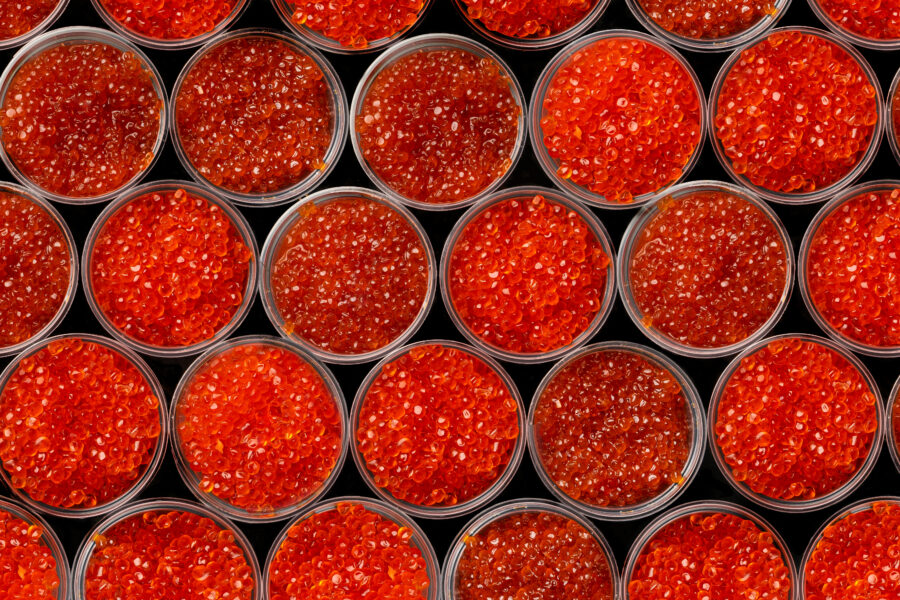
Turns out, there’s lots of rules for eating caviar. You can’t use metal utensils, you can’t serve large portions, you need a proper palate cleanser…the list goes on.
Even so, there’s nothing quite like some quality caviar. If you know how to eat it properly, then you’ll be able to fully relish the experience.
If you want to know more about eating caviar and other high-class dishes, you’ve come to the right place. Visit our blog for more foodie content!

